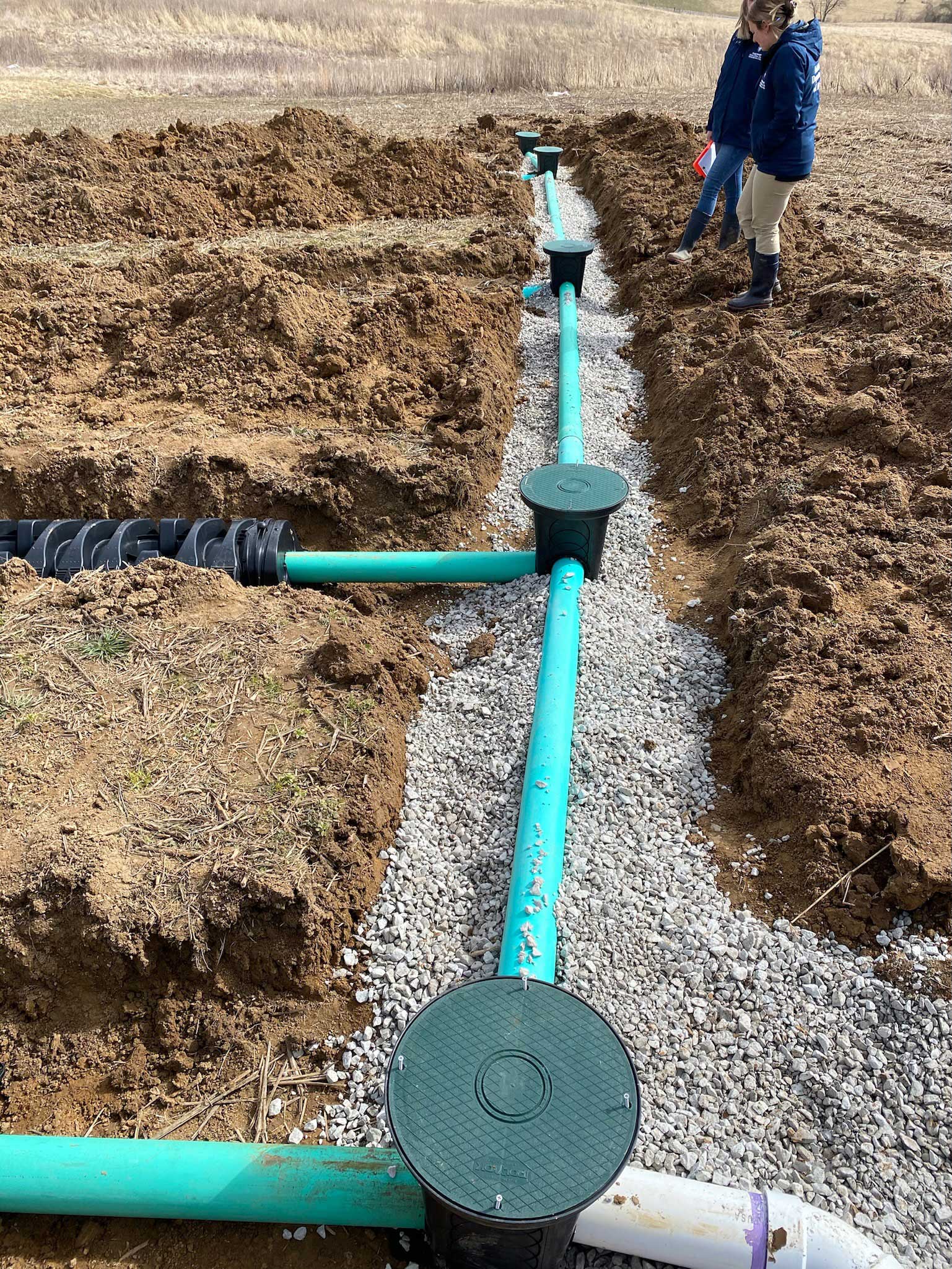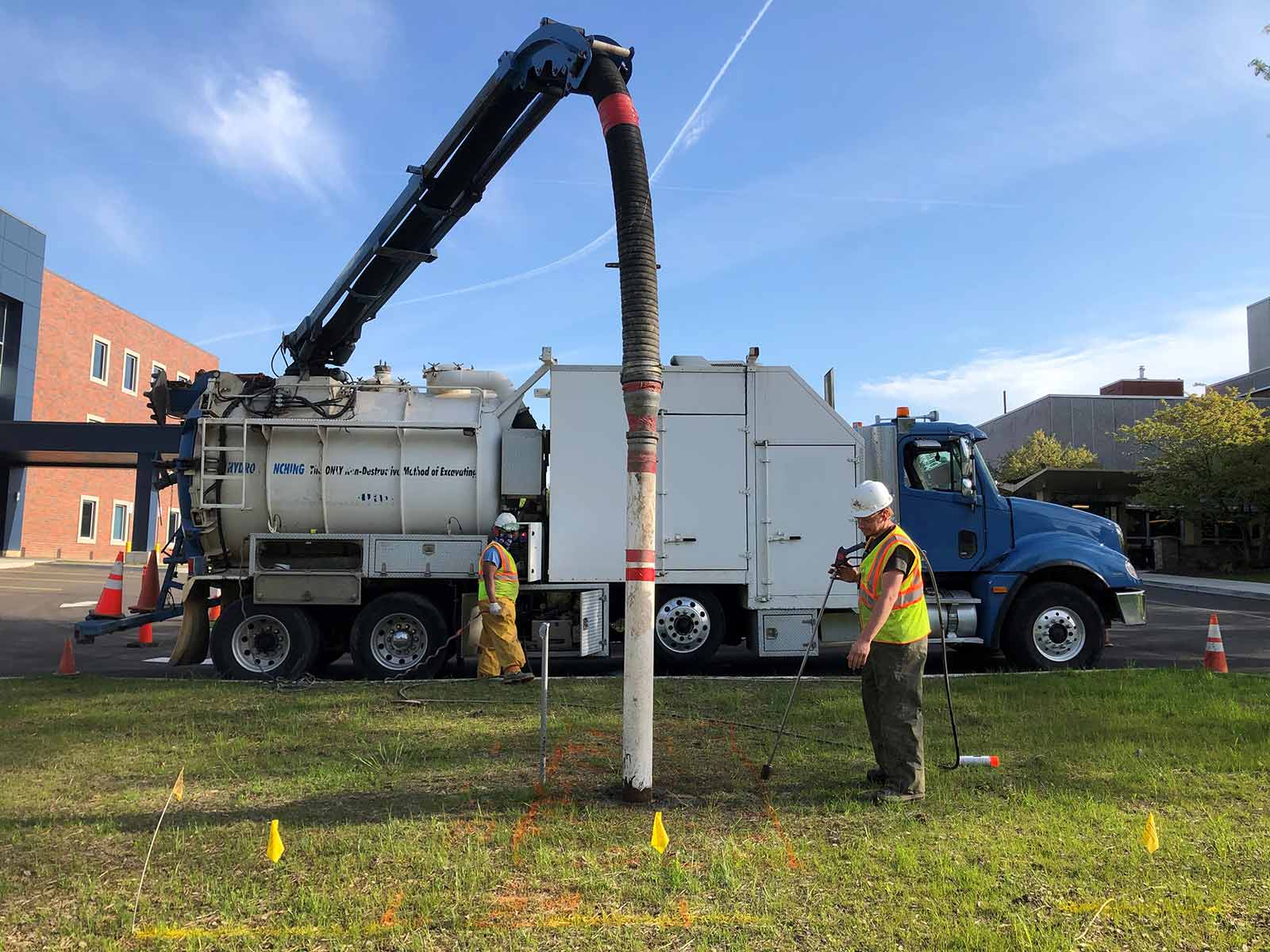Best Dump Truck Companies in Ohio - Top-Rated Dump Truck Providers
Best Dump Truck Companies in Ohio - Top-Rated Dump Truck Providers
Blog Article
Revealing the Art of Excavation: Pro Tips for Safe and Efficient Digging
As dirt is transformed and earth is moved, the intricacies of excavation expose themselves, requiring a keen understanding of tools, soil make-up, safety protocols, and ecological considerations. The expertise required to browse these components effectively can indicate the distinction between a successful excavation project and a potential catastrophe.
Relevance of Proper Devices
To make sure the safety and effectiveness of any type of excavation project, making use of the ideal equipment is critical. Excavation jobs vary in range and complexity, ranging from tiny domestic landscaping work to large building and construction tasks.
These flexible devices come in various dimensions to fit different job demands. Small excavators are ideal for smaller jobs, while larger excavators tackle more considerable jobs efficiently.
Bulldozers succeed in jobs that require pushing huge amounts of soil or debris. By spending in the proper equipment, excavation jobs can be finished safely, on time, and with precision.
Recognizing Soil Structure
A thorough grasp of soil structure is basic for carrying out excavation tasks with accuracy and safety and security. Understanding the different sorts of dirt is crucial as it directly affects excavation approaches, tools selection, and overall job performance. Soil composition usually contains 4 main components: sand, silt, clay, and organic issue. Each component has distinct residential or commercial properties that affect just how dirt responds to excavation procedures.
Silt bits are smaller than sand but bigger than clay, using moderate drainage and communication. Organic matter, such as decaying plant product, impacts soil fertility and security.
Before commencing excavation, performing dirt tests to determine its composition and features is essential. This details assists in selecting the ideal devices, implementing safety and security procedures, and developing excavation approaches tailored to the details soil problems - excavating ohio. By understanding dirt composition, excavation professionals can enhance project end results while guaranteeing safety and adherence to finest techniques
Security Actions and Procedures
Recognizing soil structure is the keystone upon which safety actions and protocols for excavation jobs are developed, making certain the well-being of workers and the success of the undertaking. There are several key steps that need to be applied to mitigate dangers and stop crashes. when it comes to safety during excavation.
Primarily, prior to any kind of excavating begins, a thorough evaluation of the site ought to be conducted to recognize any prospective dangers such as below ground energies, unpredictable dirt problems, or neighboring frameworks that can pose a danger. It is important to have an experienced individual look after the excavation procedure to make certain that all safety procedures are complied with strictly.
In addition, all employees involved in the excavation has to be effectively educated in risk-free digging methods and the his response proper procedure of equipment. By sticking to these safety and security procedures and procedures, excavation projects can be completed efficiently and without incident.
Reliable Excavation Planning
When starting an excavation job, precise planning is essential to make certain performance, security, and successful end results. Efficient excavation planning involves numerous crucial actions that are essential for the smooth execution of the job. The primary step is to conduct a detailed site assessment to identify any kind of prospective dangers, such as underground energies or unstable soil problems. This information is essential for creating a comprehensive excavation strategy that includes precaution and run the risk of reduction methods.
As soon as the site analysis is complete, the next action is to produce a clear timeline and routine for the excavation tasks. This includes figuring out the series of tasks, devices needs, and workforce allotment. Appropriate organizing helps prevent hold-ups and ensures that the job remains on track.

Moreover, communication among all staff member is extremely important during the planning stage. Clear regulations, normal updates, and reliable control are essential for a successful excavation project. By investing effort and time in published here precise planning, excavation teams can considerably improve efficiency, lessen dangers, and accomplish effective results.

Managing Environmental Factors To Consider
With enhancing emphasis on ecological sustainability in building practices, taking care of environmental considerations has come to be an essential facet of excavation jobs. Excavation tasks have the prospective to influence the surrounding environment with dirt disintegration, debris runoff, habitat disruption, and contamination of water resources. To mitigate these dangers, it is necessary to execute best methods that focus on environmental security.

In addition, proper waste management is important to avoid dirt and water contamination. Implementing procedures for the disposal of harmful products, recycling of waste products, and lessening the use of dangerous chemicals can significantly decrease the environmental effect of excavation projects. By integrating these methods into excavation planning and execution, building companies can ensure that their tasks are not just risk-free and productive but additionally eco accountable.
Conclusion
Finally, mastering the art of excavation calls for a complete understanding of appropriate equipment, dirt structure, security measures, and reliable planning. By following these standards and thinking about environmental variables, excavations can be carried out safely and successfully. It is vital to prioritize safety and security and efficiency in every excavating job to ensure successful results.
As soil is transformed and earth is moved, the complexities of excavation reveal themselves, Going Here requiring a keen understanding of tools, dirt make-up, safety procedures, and environmental factors to consider.To guarantee the safety and security and effectiveness of any kind of excavation project, making use of the suitable tools is paramount.A thorough grasp of soil make-up is fundamental for implementing excavation projects with precision and safety and security. Understanding the different kinds of dirt is important as it straight impacts excavation techniques, tools selection, and general task performance. By understanding soil make-up, excavation professionals can enhance job end results while ensuring security and adherence to finest techniques.
Report this page